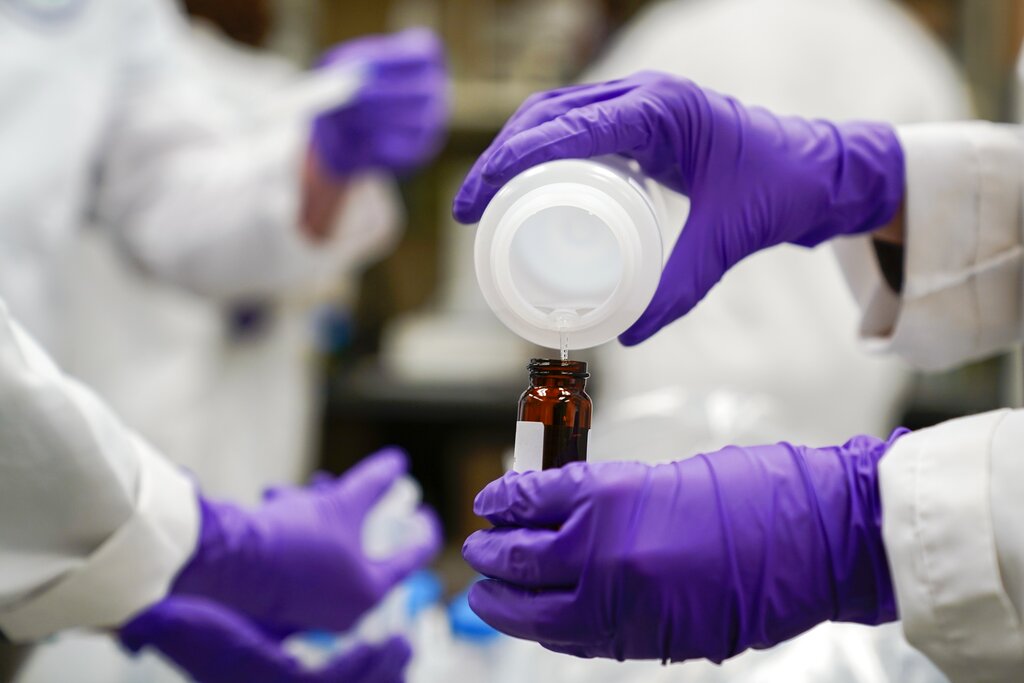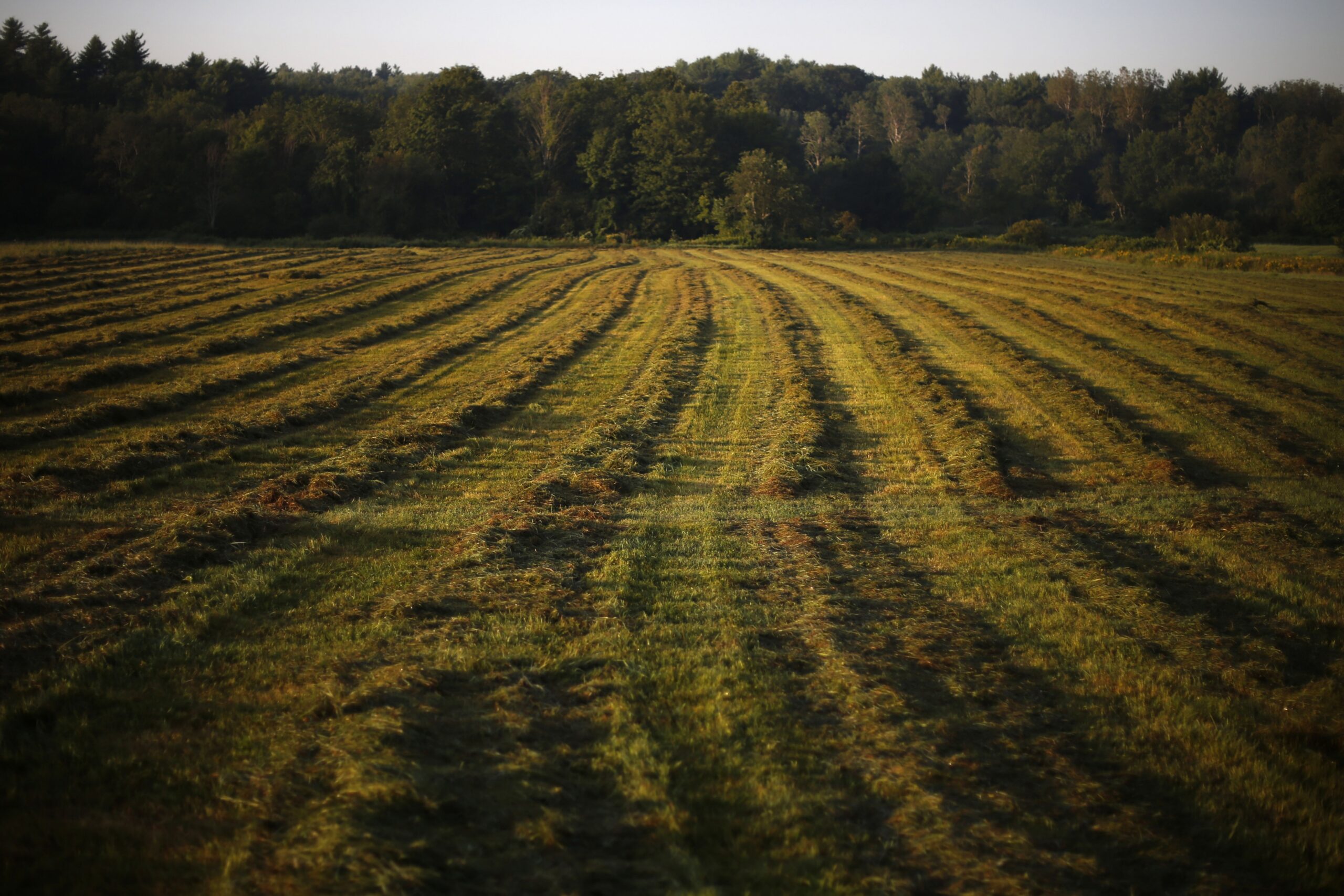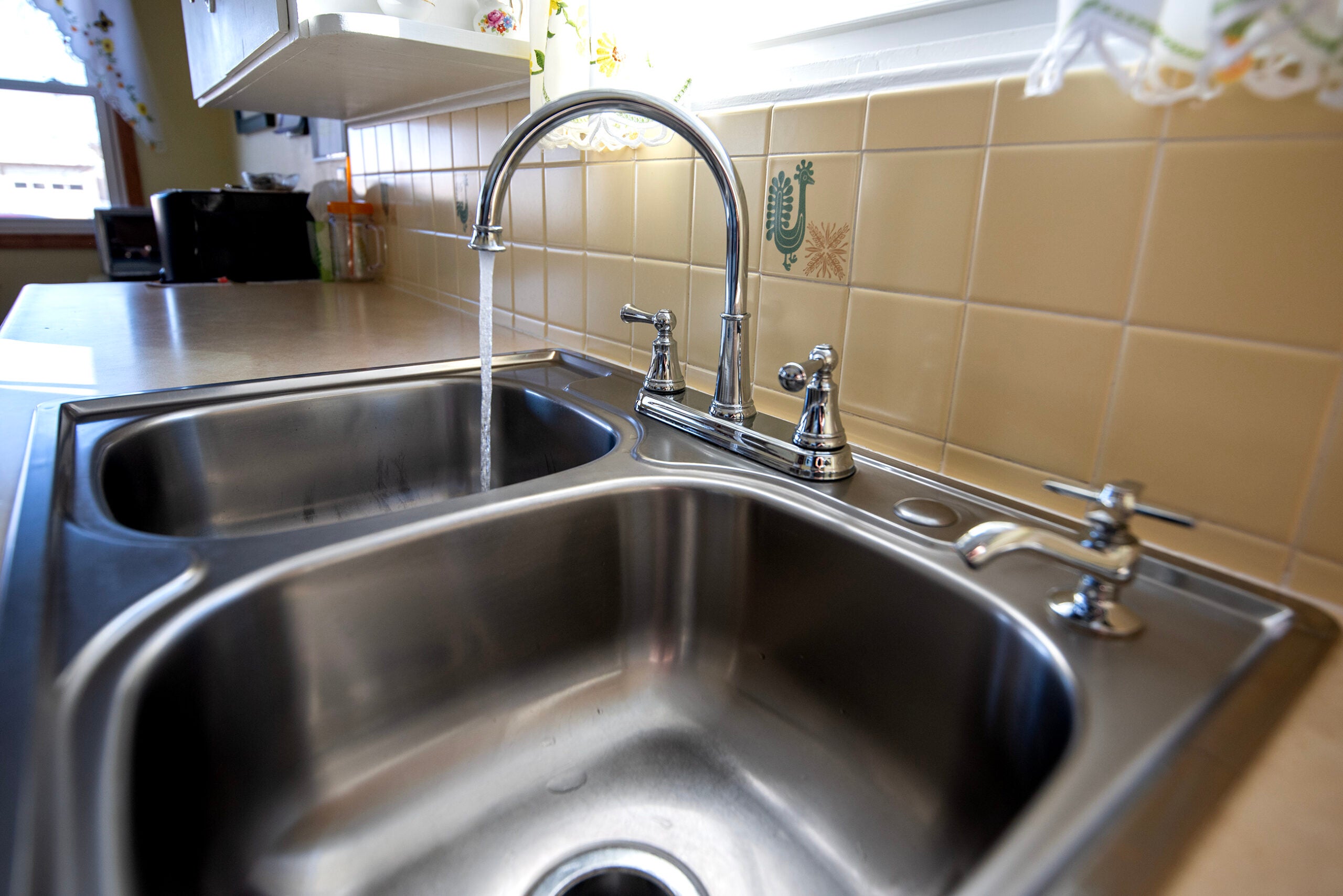After Rhinelander Mayor Chris Frederickson found out in 2019 that at least one of his city’s municipal water wells was contaminated with a dangerous compound, he got in touch with Jim Tinjum.
Tinjum is an associate professor at the University of Wisconsin-Madison. He also heads the geological engineering program, which is how Frederickson found him.
“I was contacted to help them figure out where the PFAS was coming from and what to do about it,” Tinjum said.
News with a little more humanity
WPR’s “Wisconsin Today” newsletter keeps you connected to the state you love without feeling overwhelmed. No paywall. No agenda. No corporate filter.
PFAS, also called “forever chemicals,” don’t break down in the environment and can seep into groundwater and cause all sorts of health ailments including high cholesterol, cancer and thyroid disease.
In March 2019, the city of Rhinelander in northeastern Wisconsin volunteered to get one of its wells tested. The well, No. 7, is located at the Rhinelander-Oneida County Airport. Wisconsin’s recommended health standard for PFAS in drinking water is 20 parts per trillion. The results from the test of well No. 7 came back at 590 parts per trillion.
The city shut down the well within a day or two, but Frederickson was determined to find a solution to the problem. Later testing revealed that well No. 8, also at the airport, was contaminated too. About 25 percent of the city’s water supply is contaminated with PFAS.
“That being the case, we’re just getting by, by the skin of our teeth,” Frederickson said.
Frederickson wanted answers. Not about whether anyone was responsible — he wanted to move past blame — but about how PFAS got into the well water and how to get it out.
That’s where Tinjum comes in. He and his team spent three days in Rhinelander in late July as part of a research effort to image the ground near the wells and figure out how they were getting contaminated.
Tinjum’s team used ground-penetrating radar to image the subsurface area where the PFAS-contaminated wells are located. Similar to radar used by weather stations and airports, this radar is pointed at the ground. Its electromagnetic signal reveals images of the groundwater table, layers of clay and bedrock.
The radar doesn’t pick up the PFAS, but it does show the groundwater table and elevation differences and depths to bedrock and different types of soil layers. From that information, the team can make educated guesses about groundwater flow.
“Largely, PFAS is going to travel with the flow of groundwater,” he said. “If we know where groundwater is flowing, we get a pretty good understanding of where PFAS is moving.”
PFAS comes from firefighting foam used in training exercises that are typically done at airports, Tinjum said. PFAS also is associated with bio sludge from wastewater treatment plants, industrial landfills and disposal sites.
Mapping of the ground around the two wells is the first step in a three-part phase, Tinjum said. A comprehensive field investigation would be part of phase two, to discover the source zone of the contamination. Taking action to remediate the contamination is part of phase three.
Typically, PFAS contamination can be remedied with: groundwater pump and treat, where the impacted groundwater is pumped out and treated above ground; a permeable reactive barrier that collects PFAS as the groundwater flows through it; or thermal desorption, where soil is heated up to the point that the PFAS leaves the soil in a vapor that is then collected for more treatment if it’s not destroyed.
Another option is to abandon the two wells that haven’t been active for two years and build new wells elsewhere.
All options would cost several million dollars, Tinjum said.
Depending on funding, and if the city decides it wants to turn on the wells and treat the water, a treatment system could be designed and constructed within six to nine months.
Frederickson said the city is keeping an eye on what other contaminated municipalities are doing to resolve the problem including in Peshtigo and French Island, whose affected residents are getting clean water shipped in and whose communities are considering tapping into municipal water lines in nearby communities.
“We’ve taken an approach of no blame, no fault,” he said. “We’re just moving forward with every resource available to us in the city to fix this problem.”
He and Tinjum hope the research in Rhinelander helps inform other communities with similar challenges.
Wisconsin Public Radio, © Copyright 2025, Board of Regents of the University of Wisconsin System and Wisconsin Educational Communications Board.







